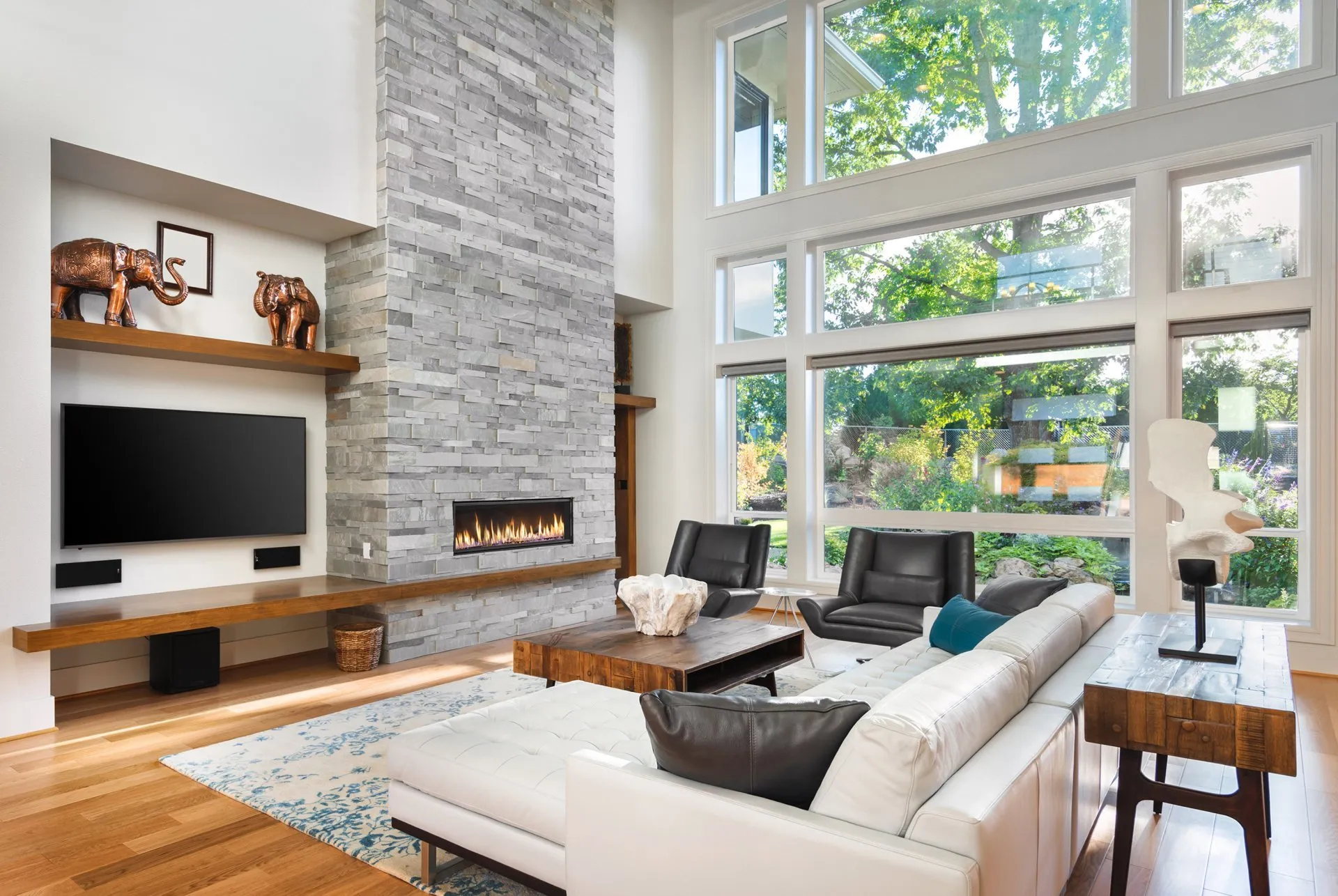With energy costs on the rise and sustainability becoming a household priority, more homeowners and businesses are seeking ways to reduce their carbon footprint without major renovations. One often-overlooked solution is window tinting. Far from being just a cosmetic upgrade, modern window films offer measurable energy-saving benefits—transforming glass from a thermal weakness into a climate control asset.
The Science Behind Window Tinting and Heat Control
Solar Energy and Heat Gain
Sunlight carries energy in the form of visible light, infrared radiation, and ultraviolet (UV) rays. When unprotected glass is exposed to sunlight, a large portion of that infrared energy passes through, heating up interior spaces and causing indoor temperatures to rise. This, in turn, increases the demand on air conditioning systems, especially in warmer months.
How Window Tinting Helps
Window tinting acts as a selective filter. It blocks a significant portion of solar heat—especially infrared and UV radiation—while still allowing in natural light. Some high-performance films can reduce solar heat gain by up to 78%, depending on the tint type and glass configuration.
Key Energy Efficiency Benefits of Window Tinting
1. Reduced Cooling Costs
By blocking heat from entering your home or office, window film reduces the need for air conditioning. This leads to lower electricity bills, especially in rooms with large windows or southern exposure. The savings can be substantial in the long term, particularly in urban climates with hot summers.
2. Improved HVAC Efficiency
When indoor temperatures remain more stable, heating and cooling systems operate more efficiently. This reduces mechanical strain and maintenance needs, prolonging the lifespan of HVAC equipment.
3. Year-Round Comfort
Many modern films are designed to insulate in both directions—keeping heat out in summer and retaining warmth in winter. This dual-action effect ensures comfort throughout the year, regardless of the season.
4. Glare and UV Reduction
Besides controlling heat, tinting reduces glare on screens and blocks up to 99% of UV rays. This protects flooring, furniture, and artwork from fading, meaning less need for repairs or replacements—an indirect but important contribution to resource efficiency.
Homeowners and businesses looking for these benefits often turn to specialized providers like TechTeinte Window Tinting Montreal, known for their professional installations and high-performance films tailored for the Canadian climate. These solutions are designed not only to improve energy efficiency but also to enhance comfort, security, and aesthetics.
Choosing the Right Window Film
Types of Films
- Reflective films: Ideal for maximum heat rejection; they offer a mirrored exterior appearance.
- Dual-reflective films: Combine high exterior reflectivity with a neutral interior look.
- Spectrally selective films: High-end films that block heat and UV rays without darkening rooms.
- Low-emissivity (Low-E) films: Provide thermal insulation during colder months.
Professional Installation
To maximize efficiency gains, window tinting should be professionally installed. Trained technicians ensure full edge-to-edge coverage, proper curing, and compatibility with your window type. Professional-grade films also come with warranties that protect your investment.
Conclusion
Window tinting is a smart, low-impact way to improve energy efficiency in both residential and commercial buildings. By reducing solar heat gain, cutting down on cooling costs, and minimizing HVAC strain, window films offer long-term savings and environmental benefits. Whether you’re retrofitting an older home or upgrading a downtown office space, investing in high-quality tinting from a trusted provider ensures you gain not just comfort, but consistent energy performance throughout the year.





